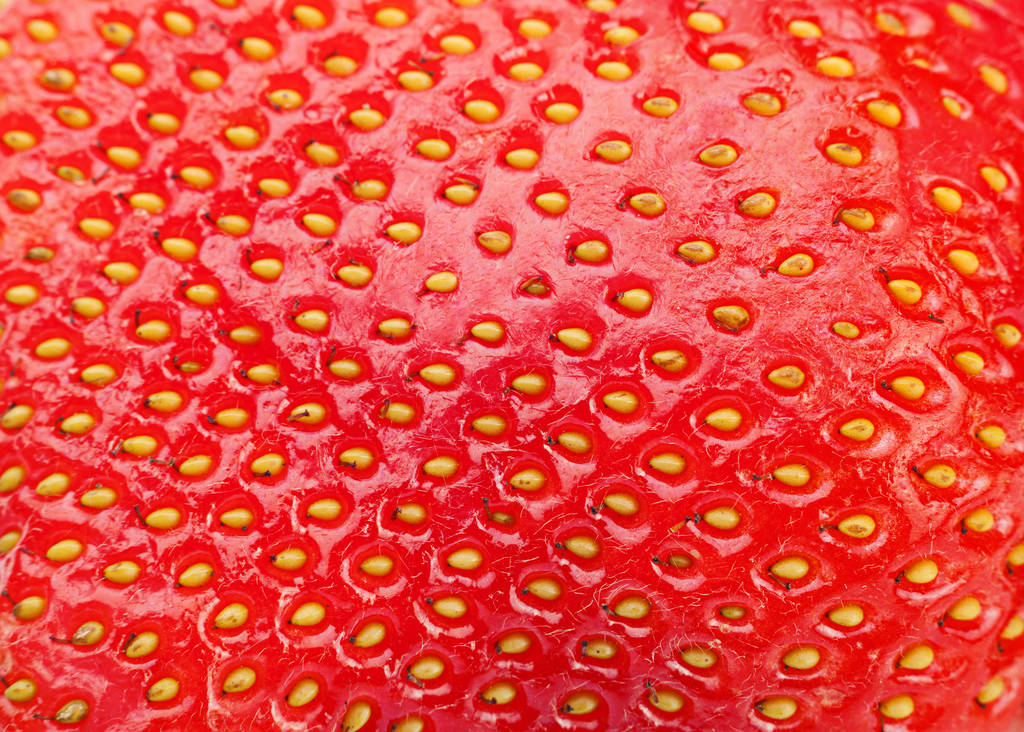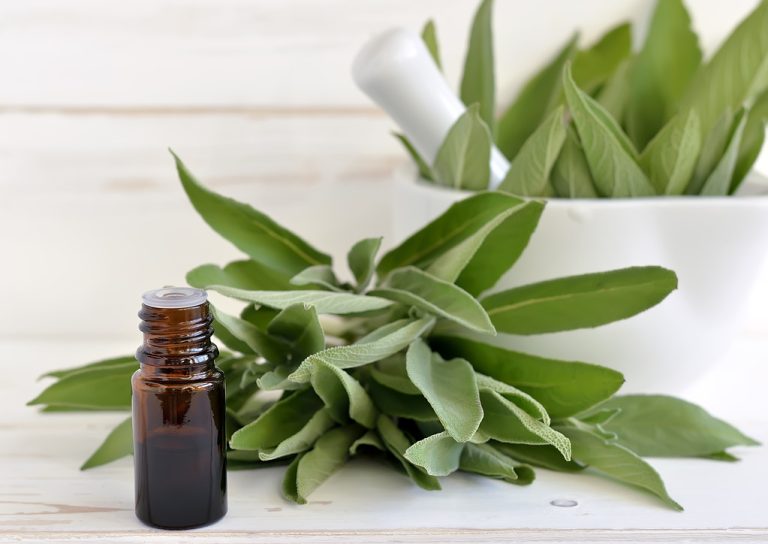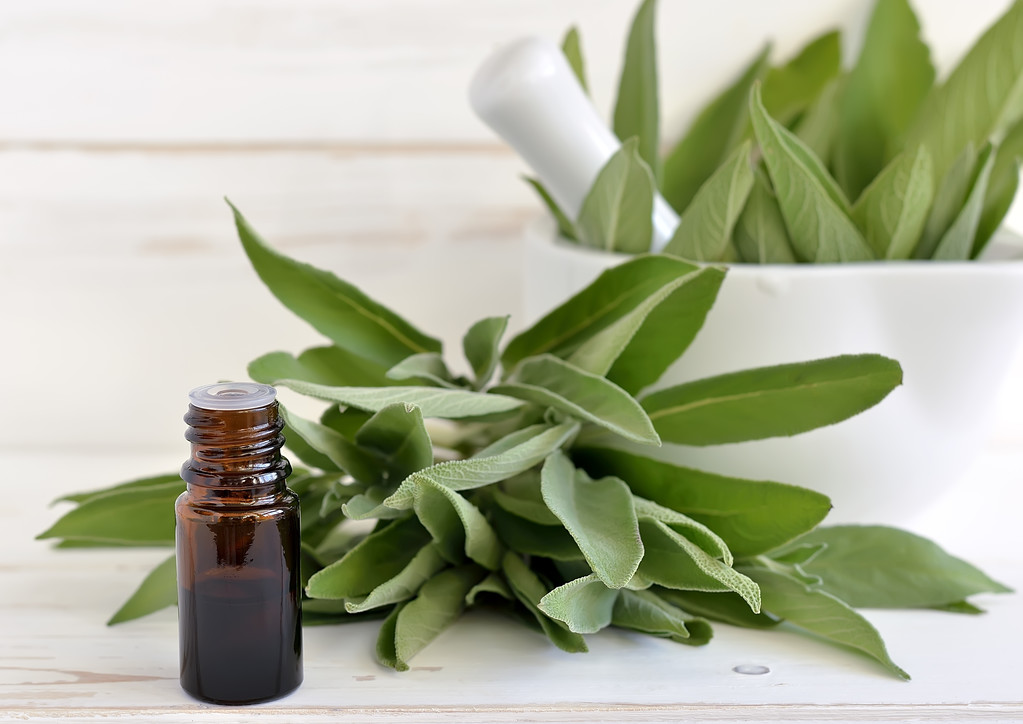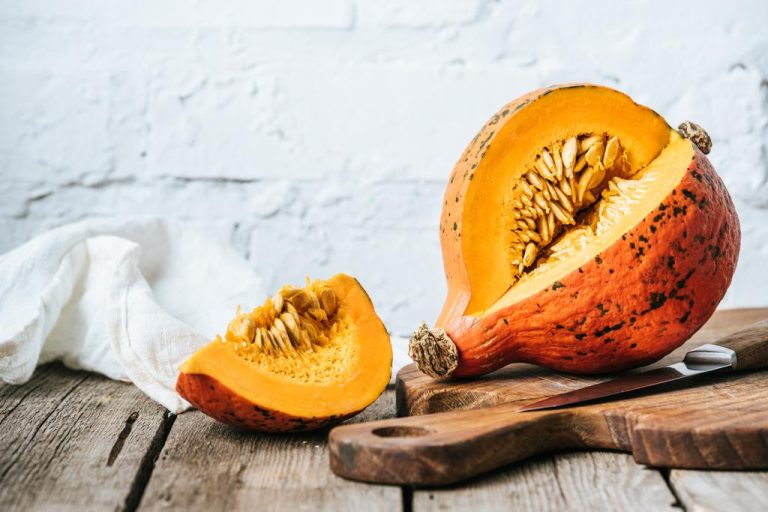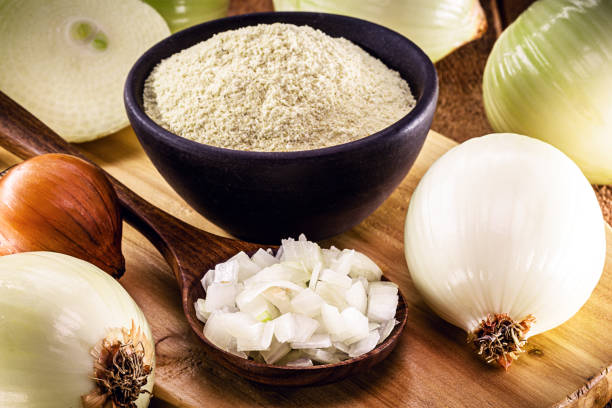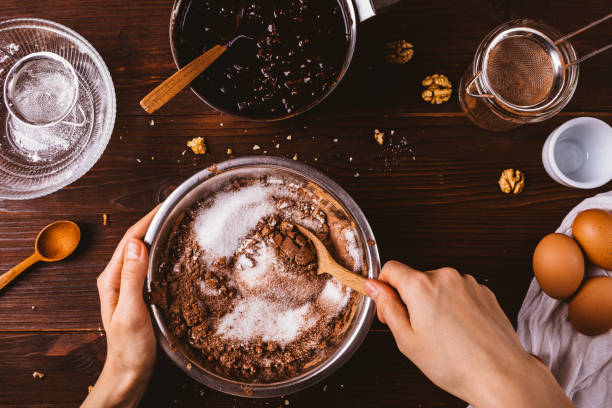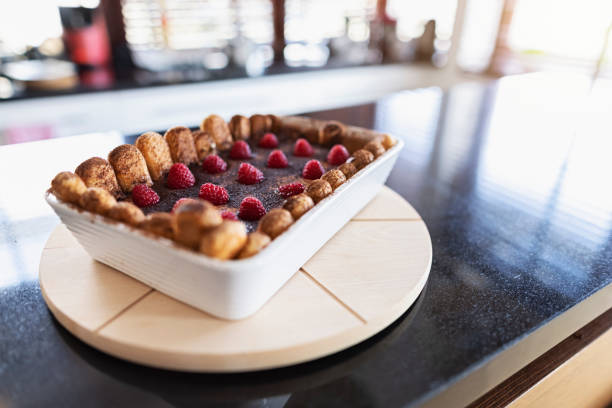Lots of useful wallpapering tips at a glance. We have put together the most important rules and wallpapering instructions for you so that you can successfully apply wallpaper yourself. With it, you can wallpaper like the pros.
Simply wallpaper yourself and properly
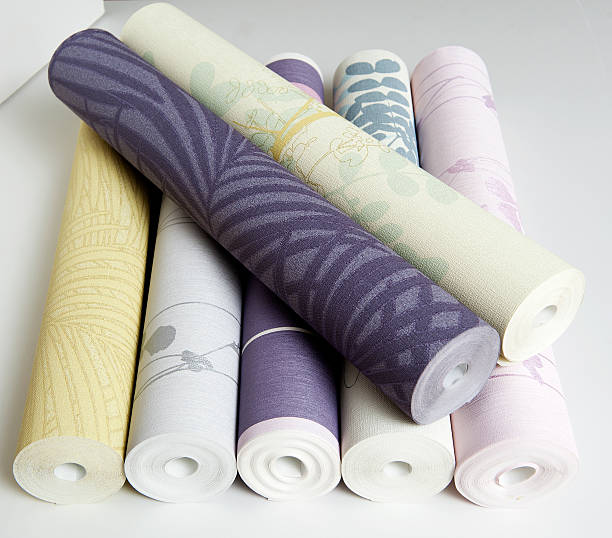
Anyone who has ever installed wallpaper knows that proper wallpapering must be well prepared. Because putting the wallpaper on the wall yourself is not as easy as it looks. But with the right instructions, wallpapering will also work. Then you can do everything on your own. Or even better, ask a few friends who will actively support you. As a result, wallpapering is sure to be a lot of fun. To ensure that everything works, we have collected the most important rules and tips for wallpapering for you. In addition, note tips for removing dust stains from wallpaper.
Ceiling wallpaper tips
Installing the wallpaper on the ceiling is more difficult than on the vertical wall. So use a ladder. It is best to attach the wallpaper lengthwise and away from the window to have an ideal incidence of light. When measuring, make sure there is an overhang of 2-3 cm for the longitudinal wall. The strip of wallpaper that will cover the lamp connection must first be cut out at this point. To do this, take the ceiling sheet and hold it against the ceiling so that you can see the cable connection. Then cut a radial hole in the wallpaper there. Also, note useful tricks for storing paint rollers and brushes after painting
Wallpaper on door frames and windows
Other wallpapering tips relate to door frames and windows. Accordingly, simply press the wallpaper strip to the door frame. It is best to use a wallpaper spatula for this. Then the excess is cut off as usual. Finally, you have to cut the wallpaper that is to be glued over the door frame to size. But with windows, there is also the fact that they have inside and outside corners. Work here in the same way as with the other corners of the room. Finally, you can start painting. Please also note our article on making your own paint and how to remove wallpaper stains from painted wallpaper
Wallpaper behind radiator
If you want to wallpaper behind radiators, it is best to remove them beforehand. Then let the pipes cool down, otherwise, the paste will dry too quickly. Otherwise, attaching works as in the previous steps. You can carefully smooth out freshly formed bubbles towards the edge. However, if these cannot be brushed out, you can use a syringe to inject some glue into the blister. In contrast, very large blisters can be cut with a craft knife and smeared with paste. After the soaking time, simply press the wallpaper to the wall. For more inspiration, watch various step-by-step video instructions and also note the different wallpaper symbols.
Repair cracks when wallpapering
Woodchip is forgiving. Therefore, you can easily repair cracks in the wallpaper when wallpapering. Because they can be glued back together very easily. After the walls have been painted over, the crack can no longer be seen. And even after that, you can hide cracks and other damage in woodchip, e.g. with Tipp-Ex or leftover wallpaper.
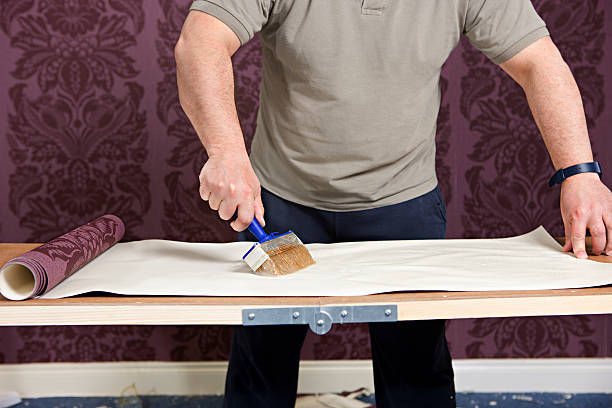
Easier to wallpaper with non-woven wallpaper
You can save a lot of time with non-woven wallpaper, as there is no need to soak paper wallpaper. A special fleece paste is applied directly to the wall. In this way, the wallpaper can be pressed directly from the wallpaper roll onto the wall. After sticking on a strip, you can simply cut off the excess with a spatula.



